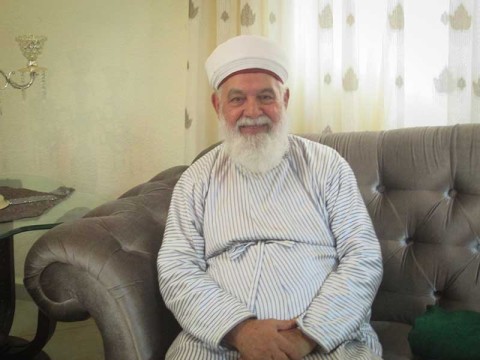Middle East's Samaritans look to the past and future
There are only 802 Samaritans in the world. But they are hopeful for the future.

c. 2017 Religion News Service
MOUNT GERIZIM, West Bank (RNS) – During the recent Sukkot holiday, Yousef Sadaka HaCohen, a Samaritan priest, greeted guests eager to soak up the Samaritans’ unique holiday traditions.
Among those guests were several Israeli and Palestinian officials, who, on the rare occasions they get together these days, usually meet to coordinate security or air grievances.





